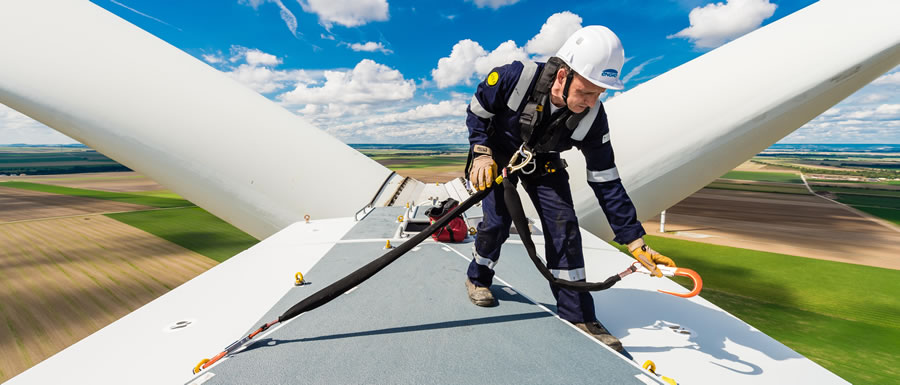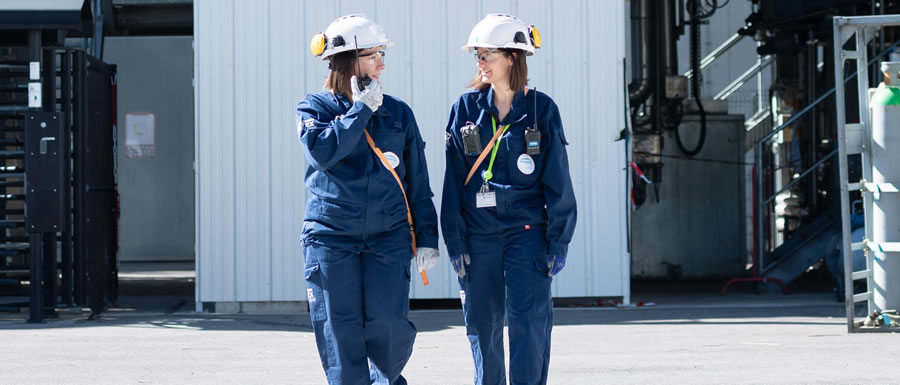Our ways of working
At ENGIE, our culture is defined by our ways of working.

Collaborate
We make the best of our matrix organization beyond hierarchical responsibility by:
- Transcending our own priorities to put the Group’s interests first
- Bringing together the business and functional objectives
- Working in networks beyond our reporting lines

Commit to deliver
We stay accountable with a focus on delivery by:
- Committing to delivering ambitious results
- Over-achieving rather than over-promising
- Doing what we say, and endorsing responsibility in action

Focus on business
We concentrate on what really creates value for the business and for the Group by:
- Reinforcing business mindset and focusing on performance management
- Designing profitable solutions
- Managing complexity internally to make things easy for customers

Engage
We onboard our teams by:
- Embodying ENGIE’s purpose and taking the strategy onboard
- Creating the conditions for enthusiasm
- Fueling our energy and pride

Prioritize
We set a clear framework by:
- Aligning with strategic objectives and road maps, and focusing on priorities
- Making choices and sticking to them
- Giving meaning to actions